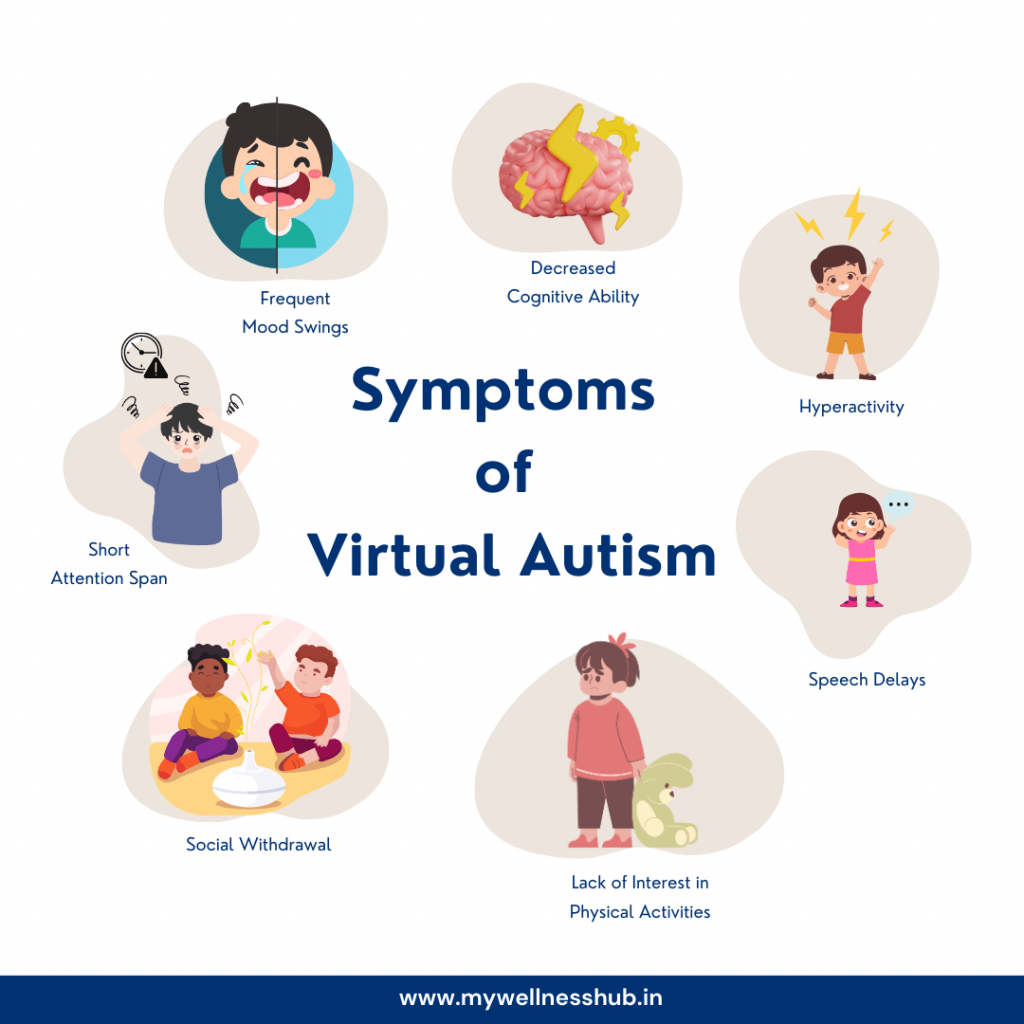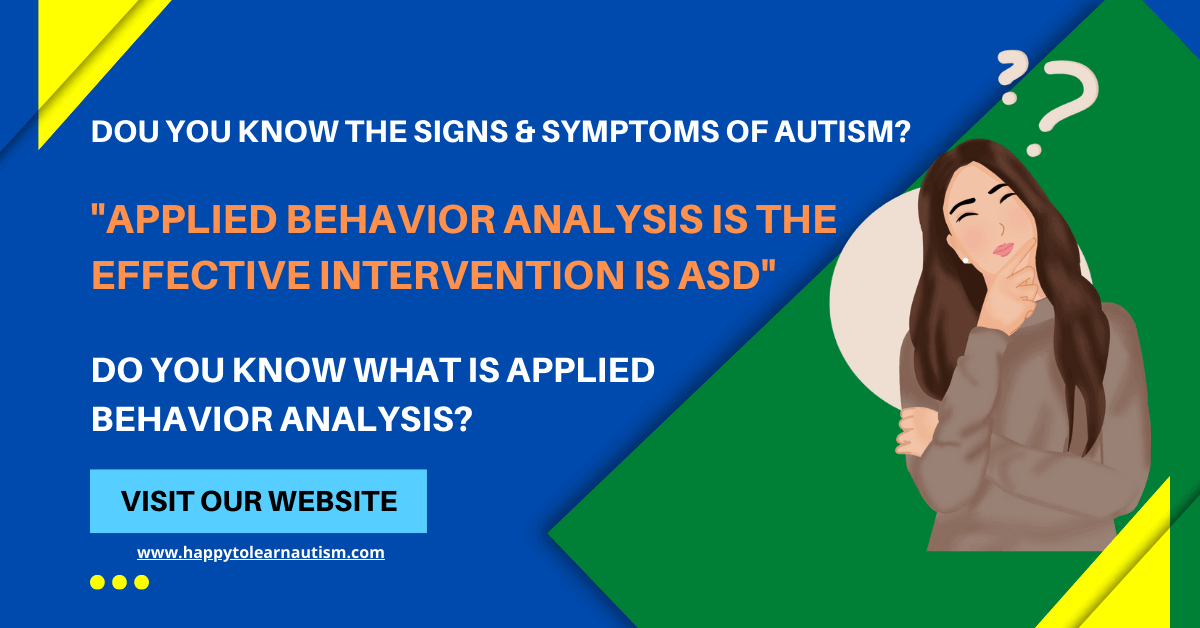Comprehending the Effect of Behavioral Autism on Every Day Life and Social Communications
You may not realize exactly how deeply behavior autism affects everyday life and social interactions. Individuals on the spectrum usually browse a globe loaded with interaction difficulties and sensory overload. These difficulties can lead to disappointment and seclusion, influencing their relationships and overall health.
Defining Behavioral Autism and Its Qualities
Behavior autism, commonly referred to as autism range problem (ASD), encompasses a range of problems characterized by obstacles in social communication, communication, and repetitive habits. You may see that individuals with ASD often have a hard time to translate social cues, which can result in misconceptions in discussions. They might discover it tough to develop eye call or participate in little talk, making social scenarios really feel overwhelming.
Communication problems can materialize in different methods, from delayed speech advancement to a preference for using fewer words. By recognizing these characteristics, you can promote an atmosphere that promotes acceptance and motivates effective communication, helping individuals with autism flourish in their daily communications.
The Range of Autism: Recognizing Irregularity in Habits
Autism range problem (ASD) isn't a one-size-fits-all medical diagnosis; it varies widely amongst people. You could see that some individuals with ASD show moderate signs, while others may deal with much more significant obstacles. This variability can show up in habits, passions, and sensory sensitivities. You may experience individuals that are very verbal and involve quickly in discussions, while others could choose solitary tasks or connect non-verbally.
Moreover, the way people with ASD respond to sensory input can vary substantially; some could be overwhelmed by loud sounds or brilliant lights, whereas others prosper in promoting environments. The range likewise includes differences in social communications; some people may have a hard time to interpret social hints, while others navigate social settings with family member ease. Recognizing this variability is important, as it aids you appreciate each individual's distinct experience and dressmaker support to their particular requirements, fostering a much more comprehensive environment for every person.
Interaction Challenges Dealt With by People With Autism
When you interact with individuals on the autism range, you might see their one-of-a-kind communication challenges. They often encounter difficulties with both nonverbal and spoken cues, which can influence their social interactions. Understanding these obstacles is vital for fostering far better connections and assistance.

Verbal Communication Problems
Numerous individuals on the autism spectrum experience verbal communication problems that can considerably impact their day-to-day interactions. Your tone, quantity, or rate could not align with social assumptions, causing others to misunderstand your objectives. Recognizing these challenges can help you and your support network create approaches to boost interaction and cultivate far better links with others in your daily life.
Nonverbal Communication Obstacles
Spoken interaction isn't the only difficulty people on the autism range face; nonverbal communication barriers can be simply as considerable. You may find it difficult to analyze body language, faces, and eye call, which are essential for efficient interaction. These challenges can bring about misconceptions or misinterpretations of social signs, making communications really feel frustrating or complicated. You might have a hard time to reveal your very own feelings through nonverbal means, leaving others unclear of your feelings or intentions. This detach can develop feelings of seclusion and frustration. Acknowledging these barriers is essential for promoting understanding and empathy in your communications. By dealing with nonverbal communication, you can discover strategies to enhance your social experiences and boost your overall lifestyle.
Social Interaction Effects
Social communications can typically really feel overwhelming as a result of the unique interaction difficulties faced by individuals with autism. You might have a hard time with translating social hints, making it difficult to comprehend sarcasm or body language. This can lead to misunderstandings or awkward moments in conversations. Additionally, launching and maintaining discussions might really feel tough, creating anxiousness in social scenarios. You may like structured settings, making spontaneous interactions uneasy. It's additionally common to experience problem in participating in small talk, which can impede forming new relationships. Identifying these challenges can help you discover methods to enhance communication, such as practicing social abilities in secure settings or using visual help - Aba Therapist Near Me. Comprehending your needs permits you to browse social communications with better self-confidence and simplicity.
Social Interaction and Connection Structure in Autism
While building connections can be testing for individuals with autism, recognizing their distinct point of views and communication styles can promote purposeful connections. You might discover that many people on the spectrum choose straight interaction and might struggle with social hints or little talk. By being straightforward in your interactions, you can assist produce an environment where they feel comfy.
Take the time to observe and pay attention just how they express themselves. This understanding can lead you in guiding discussions extra efficiently. Participating in shared rate of interests can additionally function as a bridge to much deeper links. Whether it's a pastime, a preferred show, or a mutual enthusiasm, these usual strings can open doors to relationship.
Daily Life Regimen: Browsing Difficulties and Methods
Navigating day-to-day live regimens can be especially testing for people with autism, specifically when unforeseen modifications happen. You could locate convenience in having a structured timetable, as it aids you anticipate what's next. When interruptions take place, it's regular to feel overwhelmed or nervous. To navigate these difficulties, take into consideration implementing aesthetic routines or lists. These tools can give quality and peace of mind.
Developing a routine that consists of sensory breaks can likewise be valuable. This helps create an understanding atmosphere.
Lastly, technique mindfulness techniques to manage stress and anxiousness. Straightforward breathing exercises or basing strategies can make a considerable distinction. By incorporating these strategies, you can improve your everyday routine and decrease disruptions, making life feel extra convenient.
Toughness and Capacities of People on the Autism Range
Recognizing day-to-day life regimens is just one facet of the autism experience. Several individuals on the autism spectrum possess exceptional toughness and abilities that set them apart.
Moreover, your memory skills often shine, specifically in locations of passion. Aba Therapist Near Me. This flair for maintaining details can make you a beneficial source in fields like innovation, scientific research, or art. You might additionally show strong visual thinking, enabling you to picture complex ideas and fix problems artistically
In addition, your distinct perspective on the world can cultivate empathy and understanding in others, improving social communications. Embracing these toughness not just increases your confidence but also aids others appreciate the diverse talents you offer the table.
Developing Comprehensive Settings for People With Autism
Producing comprehensive atmospheres for individuals with autism begins with designing sensory-friendly spaces that deal with their special demands. You can likewise cultivate chances for social interaction, check here aiding to develop links and relationships. By making these modifications, you'll add to a much more inviting ambience for every person.
Designing Sensory-Friendly Spaces
While developing sensory-friendly areas, it's essential to assess the distinct requirements of individuals with autism. Beginning by choosing relaxing colors and soft illumination to create a relaxing atmosphere. When overwhelmed, include silent areas where individuals can pull back and reenergize. You'll want to minimize loud noises and interruptions, utilizing soundproof products or white sound equipments to help keep serenity. Take into consideration tactile elements like soft textiles or fidget-friendly things that can give comfort. Ascertain that areas are flexible, permitting very easy rearrangement to accommodate different activities. Lastly, include visual timetables or clear signs to aid people browse the room confidently. By thoughtfully integrating these elements, you can develop an inviting ambience that sustains sensory needs and advertises general wellness.
Advertising Social Interaction Opportunities
Creating sensory-friendly areas not just addresses individual convenience however additionally establishes the phase for meaningful social communications amongst individuals with autism. Motivate peer mentoring, matching individuals with autism with encouraging peers that can guide them with social circumstances. By executing these methods, you can improve social chances, helping people with autism build friendships and strengthen their social abilities in a secure, welcoming setting.

Often Asked Inquiries
Just How Can Pals Support A Person With Behavioral Autism?
You can support a good friend with behavioral autism by holding your horses, listening actively, and valuing their boundaries. Engage in tasks they enjoy, connect honestly, and create a comfortable environment where they feel valued and understood.
What Resources Are Readily Available for Moms And Dads of Children With Autism?
You can discover numerous sources for parents of kids with autism, including support system, instructional web sites, and local social work. Getting in touch with other moms and dads can likewise provide useful understandings and shared experiences to aid navigate difficulties.
Can Behavioral Autism Change With Time?

Yes, behavioral autism can alter with time. You may see shifts in interaction, social skills, and actions as your child grows. Early intervention and support typically play important duties in these developmental changes.
Exactly How Do Sensory Level Of Sensitivities Impact Every Day Life?
Sensory sensitivities can make day-to-day experiences overwhelming. You may deal with loud sounds or bright lights, bring about stress or avoidance. Locating settings that fit your demands can greatly improve your convenience and overall everyday life.
What Prevail Misconceptions Concerning Behavioral Autism?
You may believe behavioral autism only impacts communication skills, yet it's even more complex. Many assume individuals lack compassion or intelligence, which isn't real. Understanding these mistaken beliefs assists foster approval and assistance for those on the spectrum.
Behavioral autism, commonly referred to as autism range problem (ASD), includes a variety of problems defined by difficulties in social interaction, interaction, and repeated behaviors.Social interactions can commonly feel overwhelming due to the distinct interaction difficulties faced by people with website autism.Creating sensory-friendly areas not just addresses specific comfort however likewise establishes the phase for purposeful social interactions amongst people with autism. Urge peer mentoring, combining people with autism with supportive peers who can direct them via social circumstances. By carrying out these techniques, you can improve social chances, assisting people with autism construct relationships and enhance their social abilities in a more info safe, welcoming setting.
Comments on “How to build strong social bonds with help from an Autism Therapist”